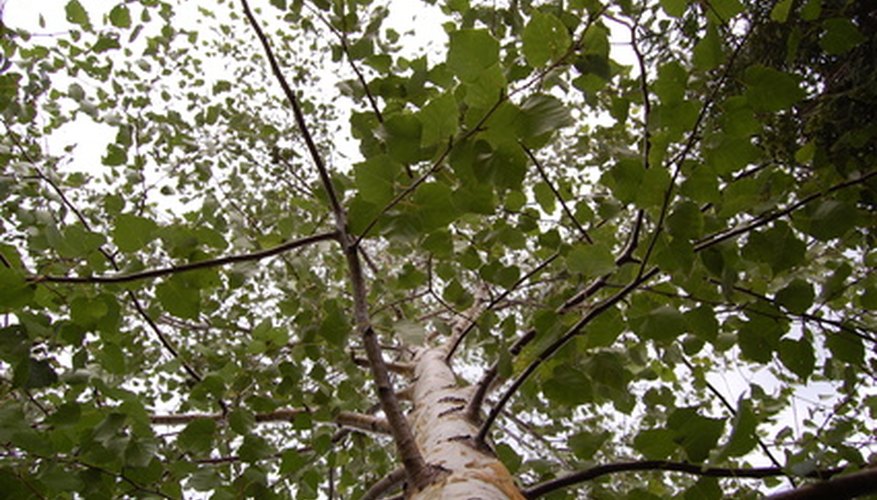Ash wood is a common craft wood, and is known for being versatile and relatively strong for its weight. Ash has also been used to make tool handles, baseball bats, canoe paddles and a number of other practical objects. However, despite all the benefits of ash, it's not right for every purpose. Ash may be difficult to work or not durable enough for a given purpose. Even the best wood has a few disadvantages. Learning the downsides of ash lumber can help woodworkers choose the right wood for their projects.
Texture
While ash stains and sands well, the wood has open pores that must be filled in order to achieve a truly smooth finish. It must also be sanded with more care than many other woods, since improper sanding may lead to scratching across the grain. According to The Woodbox, this is more common when the wood has already been stained a dark colour. The wood's long fibre also encourages splintering when ash is turned on a lathe. Ash wood has a moderate blunting effect on cutting tools, and may dull tools with softer edges. Harder ash woods may require pre-drilling before they can be nailed, due to the risk of splintering.
- While ash stains and sands well, the wood has open pores that must be filled in order to achieve a truly smooth finish.
- It must also be sanded with more care than many other woods, since improper sanding may lead to scratching across the grain.
Durability
Ash is considered a non-durable, perishable wood. When damp or in contact with the ground, ash wood is prone to rotting. Ash is also susceptible to attack by beetles and fungus, especially the sapwood. According to Advantage Lumber, ash wood appeals to common furniture beetles and powder post beetles. The heartwood may resist treatments meant to preserve it, as it is less porous than the surrounding sapwood.
- Ash is considered a non-durable, perishable wood.
- The heartwood may resist treatments meant to preserve it, as it is less porous than the surrounding sapwood.
Hardness
Wood is measured in the Janka hardness scale, a test that measures the force required to push a specific size of steel ball halfway into the surface of the wood. Ash has a Janka hardness rating of 1320, according to Advantage Lumber. This makes it harder than many other species, including red oak, but softer than exotic woods like Australian cypress, zebrawood, and ebony. Ash is also significantly softer than hickory. This hardness rating may make ash inappropriate for uses where hardness is a significant concern. Some ash may not meet this official hardness rating, as well. According to Advantage Lumber, ash wood is normally segregated into hard and soft grades. Woodworkers may wish to ask about the hardness of the specific wood they are considering before they make their purchase.
- Wood is measured in the Janka hardness scale, a test that measures the force required to push a specific size of steel ball halfway into the surface of the wood.
- According to Advantage Lumber, ash wood is normally segregated into hard and soft grades.
